
Cedar
From the mighty cedar of the rainforest came a wealth of raw materials vital to the early Northwest Coast Indian way of life, its art and culture. For thousands of years these people developed the tools and technologies to fell the giant cedars that grew in profusion. They used the rot-resistant wood for graceful dugout canoes to travel the coastal waters, massive post-and-beam houses in which to live, steam bent boxes for storage, monumental carved poles to declare their lineage and dramatic dance masks to evoke the spirit world. Every part of the cedar had a use. The versatile inner bark they wove into intricately patterned mats and baskets, plied into rope and processed to make the soft, warm, yet water-repellent clothing so well suited to the raincoast. Tough but flexible withes made lashing and heavy-duty rope. The roots they wove into watertight baskets embellished with strong designs. For all these gifts, the Northwest Coast peoples held the cedar and its spirit in high regard, believing deeply in its healing and spiritual powers. Respectfully, they addressed the cedar as Long Life Maker, Life Giver and Healing Woman. Anecdotes, oral history and the accounts of early explorers, traders and missionaries highlight the text of Cedar. Hilary Stewart’s 550 drawings and a selection of 50 photographs depict how the people made and used the finished products of the incomparable tree of life to the Northwest Coast Indians — the cedar.
Other Books From -
Other Books By - Hilary Stewart
No Books Available!
Back

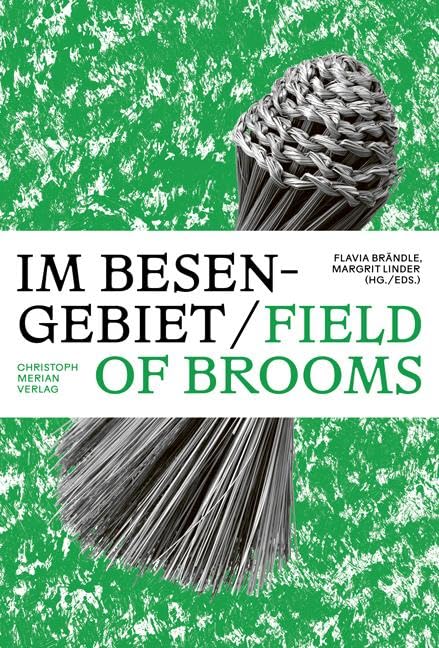 Field of Brooms: Handbesen aus aller Welt / Hand Brooms Across Cultures
Field of Brooms: Handbesen aus aller Welt / Hand Brooms Across Cultures 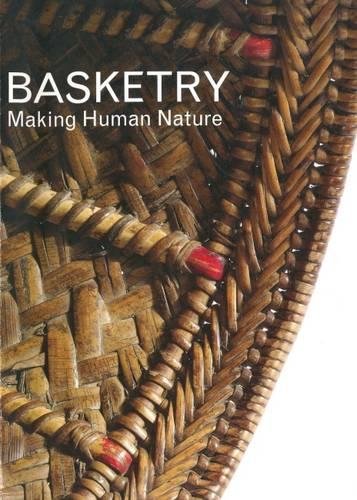 Basketry
Basketry 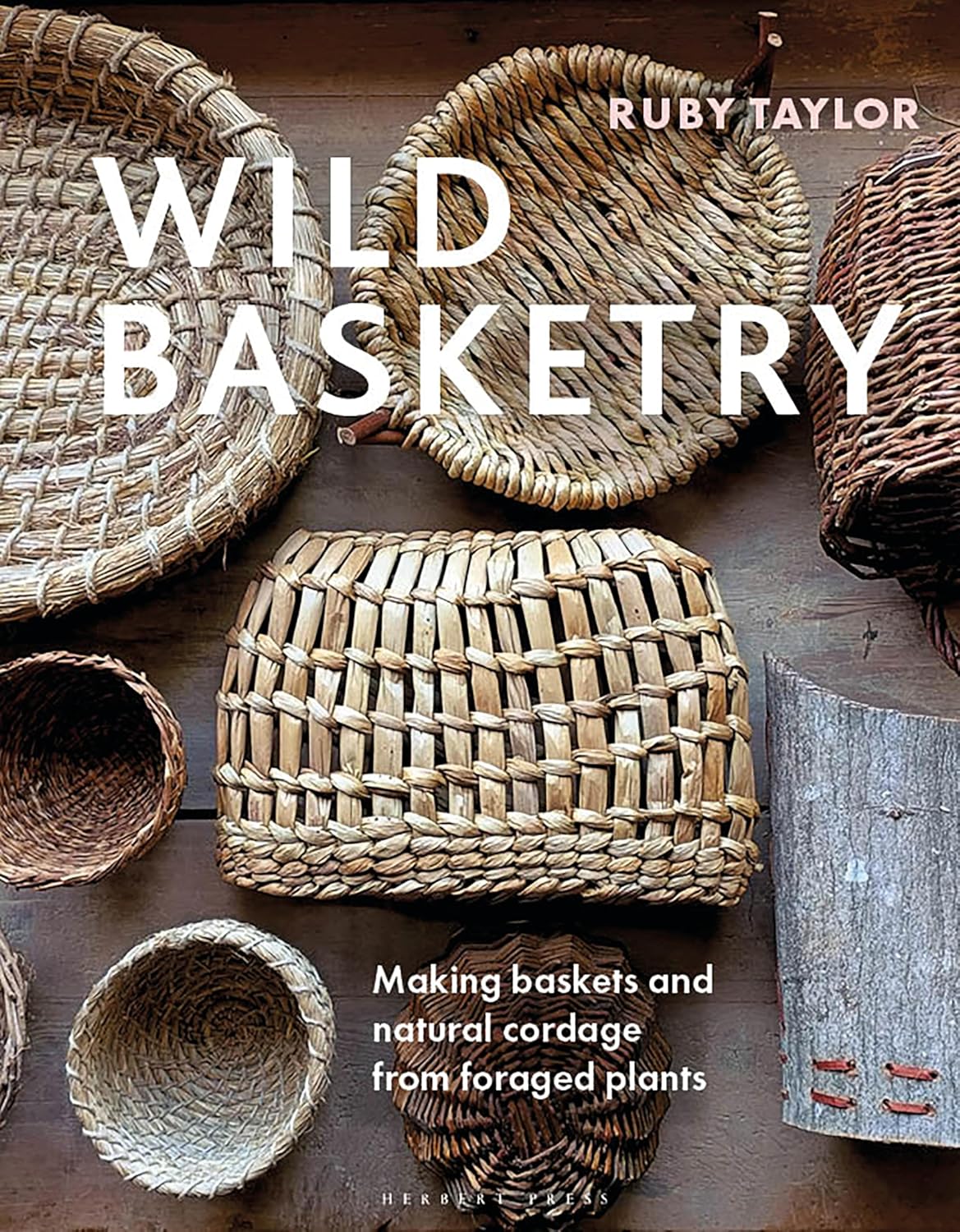 Wild Basketry
Wild Basketry 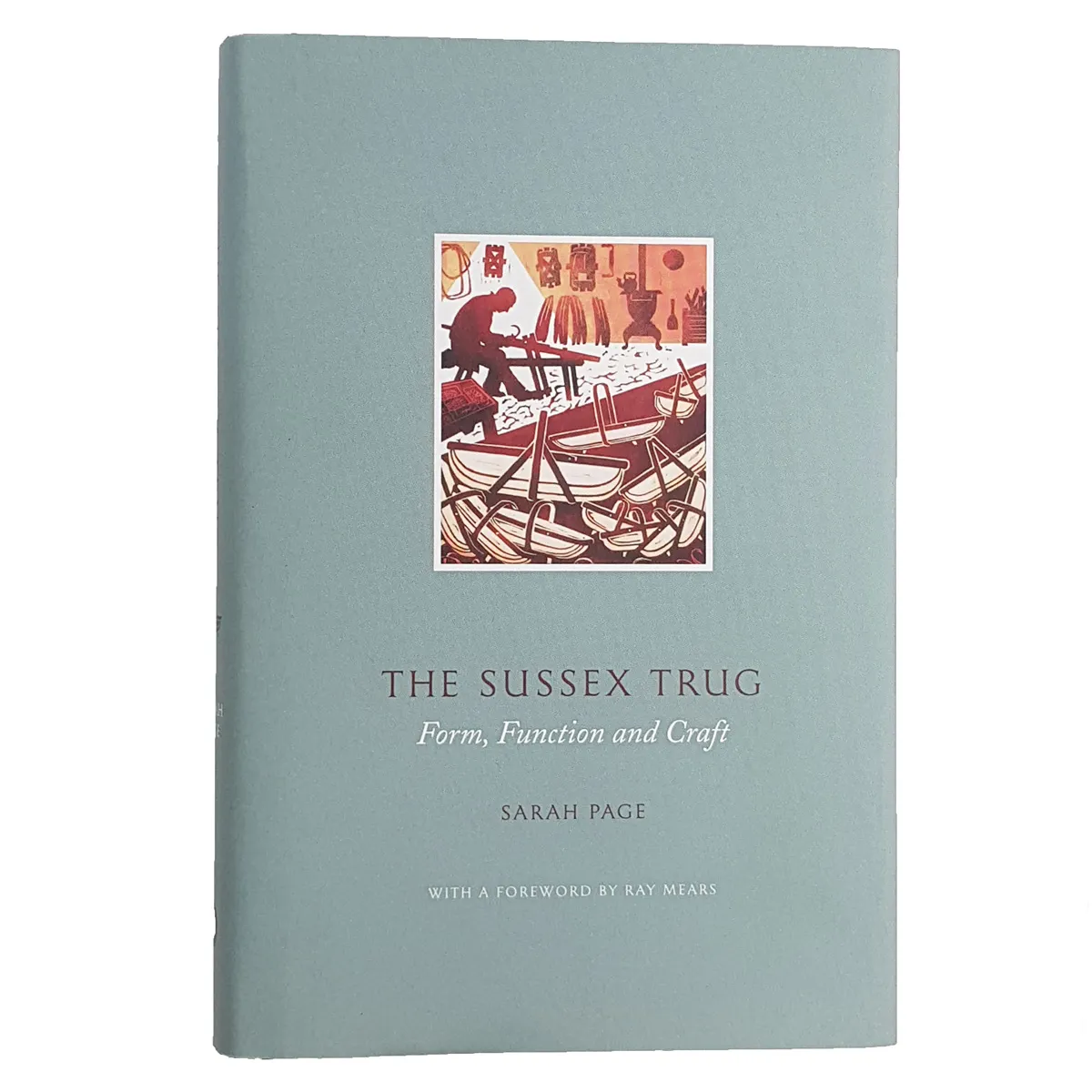 The Sussex Trug
The Sussex Trug 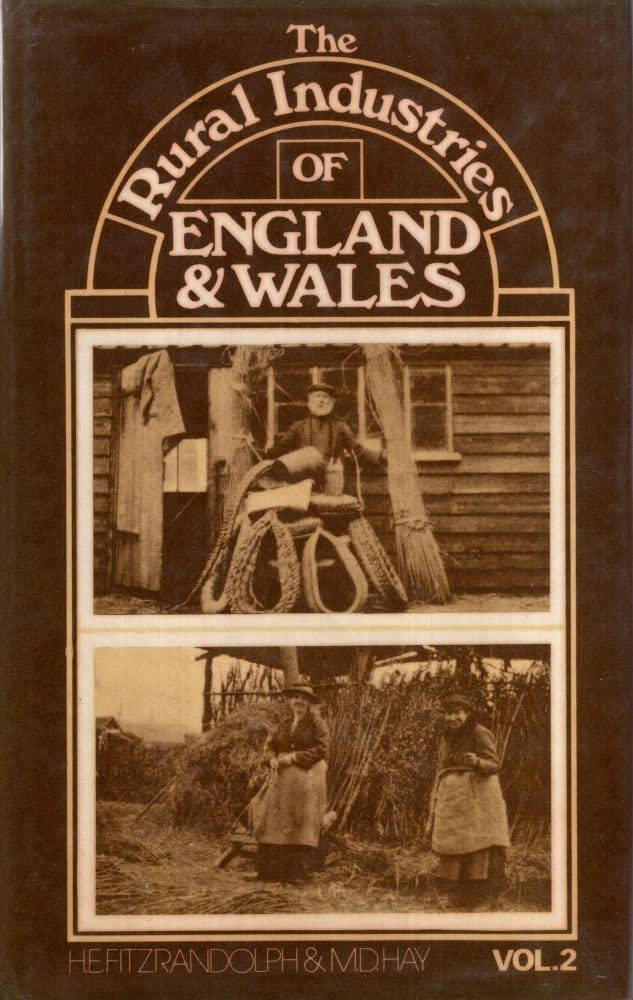 Rural Industries of England and Wales – Osier Growing
Rural Industries of England and Wales – Osier Growing 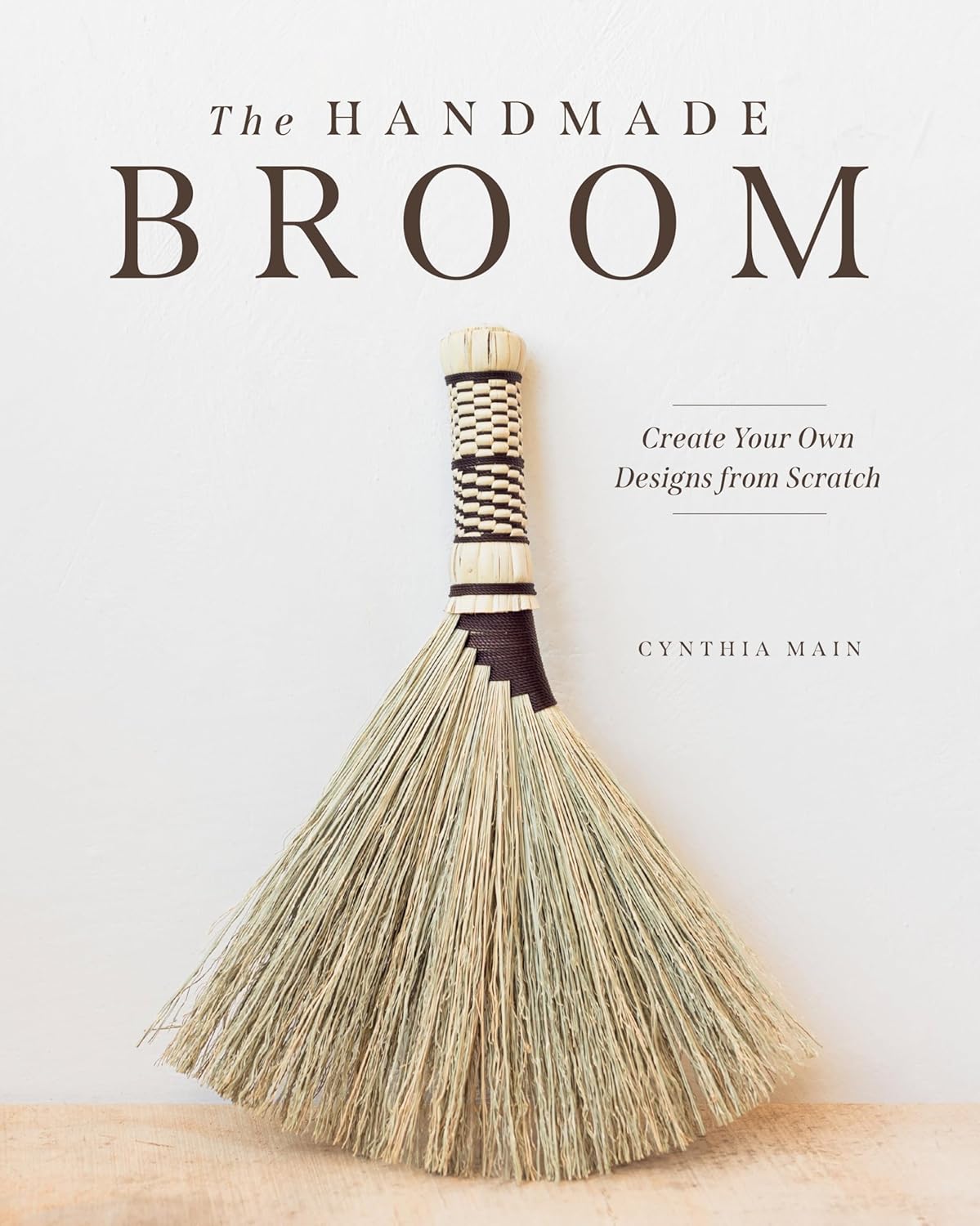 The Handmade Broom
The Handmade Broom 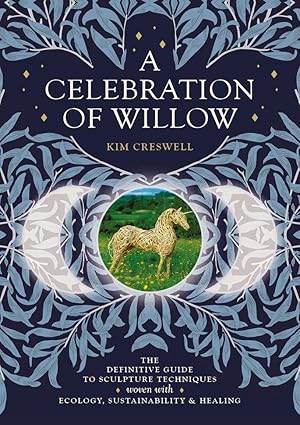 A Celebration of Willow
A Celebration of Willow 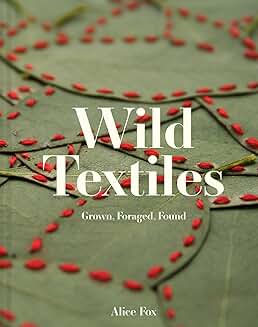 Wild Textiles
Wild Textiles  Kishes and Cuddies
Kishes and Cuddies  Natural Dyes
Natural Dyes